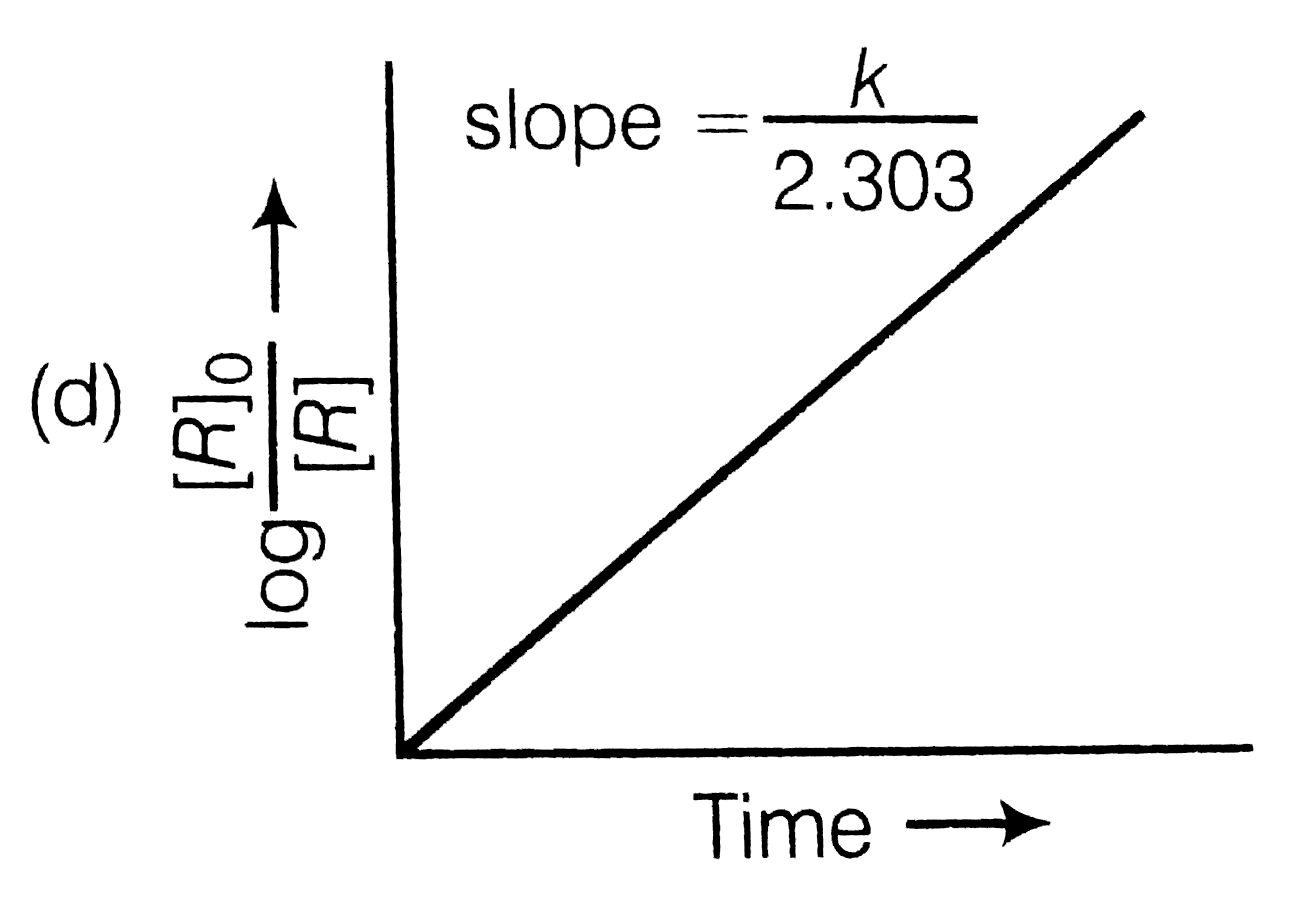Which of the following is/are correct about the first order reaction ?


Half life depends on temperature.
Rate constant is directly proportional to temperature.
The correct Answer is:A, B, C
Step by step video, text & image solution for Which of the following is/are correct about the first order reaction ? by Chemistry experts to help you in doubts & scoring excellent marks in Class 12 exams.
Updated on:21/07/2023Topper's Solved these Questions
- CHEMICAL KINETICSBOOK - CENGAGE CHEMISTRYCHAPTER - CHEMICAL KINETICSEXERCISE - Ex4.4 Objective
10 Videos
- CHEMICAL KINETICSBOOK - CENGAGE CHEMISTRYCHAPTER - CHEMICAL KINETICSEXERCISE - Exercises Linked Comprehension
59 Videos
- CHEMICAL KINETICSBOOK - CENGAGE CHEMISTRYCHAPTER - CHEMICAL KINETICSEXERCISE - Ex 4.3 (Objective)
15 Videos
- CARBOXYLIC ACIDS AND THEIR DERIVATIVESBOOK - CENGAGE CHEMISTRYCHAPTER - CARBOXYLIC ACIDS AND THEIR DERIVATIVESEXERCISE - Exercises Archives (Analytical And Descriptive)
34 Videos
- COORDINATION COMPOUNDSBOOK - CENGAGE CHEMISTRYCHAPTER - COORDINATION COMPOUNDSEXERCISE - Archives Subjective
18 Videos
Similar Questions
Knowledge Check
Which of the following is (are) not correct for a first order reaction?
At1/2∝aBt1/2∝1/aCt1/2∝a0Dt1/2∝a2Which of the following is incorrect about the order of reaction ?
AIt is calculated experimentallyBIt is sum of powers of concentrations in rate law expressionCThe order of reaction cannot be fractionalDThere is not necessarily a connection between order and stoichiometry of a reactionWhich of the following graph is correct for a first order reaction ?
A B
B C
C D
D
Which of the following graphs is correct for a first order reaction?
View SolutionWhich of the following graphs is correct for a first order reaction ? (R→P)
View SolutionWhich of the following relation is correct for a first order reaction?
(K=rate constant, r=rate of reaction, c = cone, of reactant)
View SolutionWhich of the following graph is correct for a first order reaction of the type R→P?
Where [] represents concentration.
View SolutionWhich of the following is correct for a first order reaction ?
View Solution

